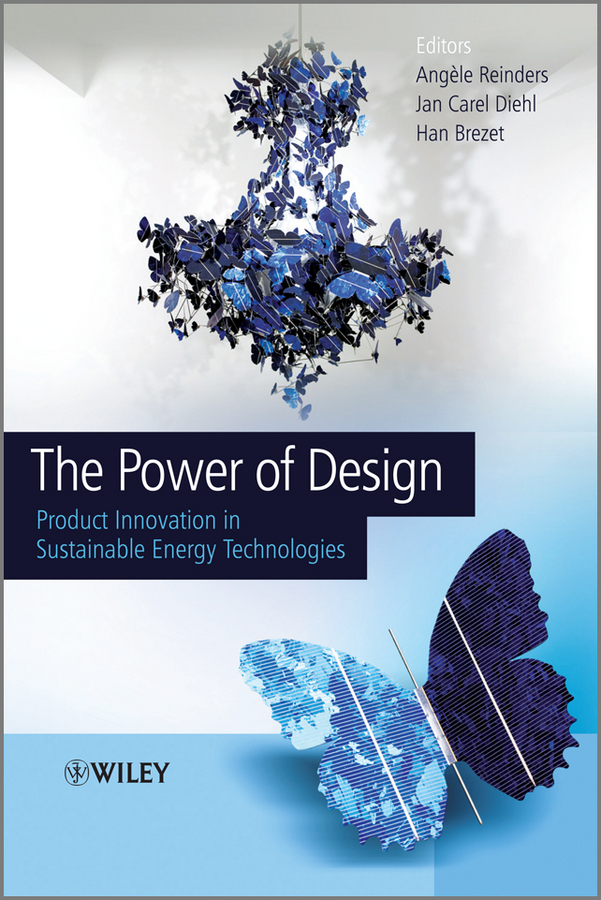
Contents
Chapter 1: Introduction: Challenges at the Crossroads of Energy and Design
1.2 Energy Issues: A Brief Explanation
1.3 Sustainable Energy and Product Design
1.4 Industrial Design Engineering
1.5 Design for Sustainability (DfS)
1.6 Energy Challenges at the Base of the Economic Pyramid
2.1 Introduction to Innovation Methods in Design Processes
2.2 Platform-Driven Product Development
2.3 Delft Innovation Model in Use
2.4 TRIZ: A Theory of Solving Inventive Problems
2.6 The Design and Styling of Future Things
2.7 Constructive Technology Assessment
2.8 Innovation Journey: Navigating Unknown Waters
2.9 Risk-Diagnosing Methodology
Appendix 2.9: Reference List with Potential Risk Issues in the Innovation Process
Chapter 3: Energy Technologies
3.2 Rechargeable Batteries for Energy Storage
3.3 Photovoltaics and Product Integration
3.6 Human-Powered Energy Systems
3.8 Energy-Saving Technologies in the Built Environment
3.9 Piezoelectric Energy Conversions
Chapter 4: Using Energy: Beyond Individual Approaches to Influencing Energy Behavior
4.2 The Changing Roles of End Users and Residents in the Energy Provision System
4.3 Stimulating Energy Behavior Change in Current Design Practice
4.4 Toward Including Social Interaction and Community-Based Approaches
4.5 Approaches to Using Social Interaction in Relation to Energy-Related Behavior
Case A: SolarBear: Refrigeration for the Base of the Pyramid through Adsorptive Cooling
A.3 Results of the First Cycle of Product Development: Proof of Concept and Market
A.4 Future Work: A Working Prototype and Further Development by Enviu
Case B: Environmental Impact of Photovoltaic Lighting
B.3 Environmental Impacts and Discussion
Case C: Restyling Photovoltaic Modules
Case D: Selection of Power Sources for Portable Applications
D.2 An Overview of Selection Strategies
D.3 Power Source Selection Tool Method
Case E: Design of a Solar-Powered Wireless Computer Mouse
F.4 Role and Importance of Energy
Case G: From Participatory Design to Market Introduction of a Solar Light for the BoP Market
